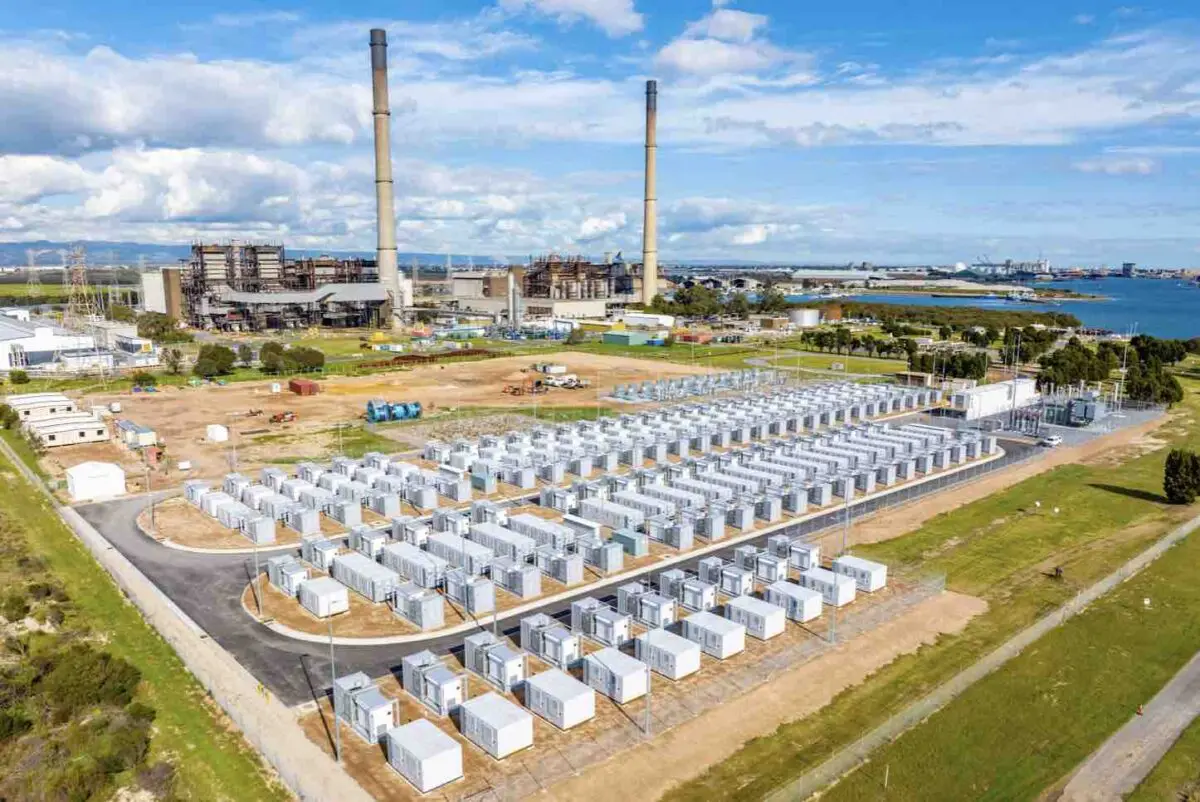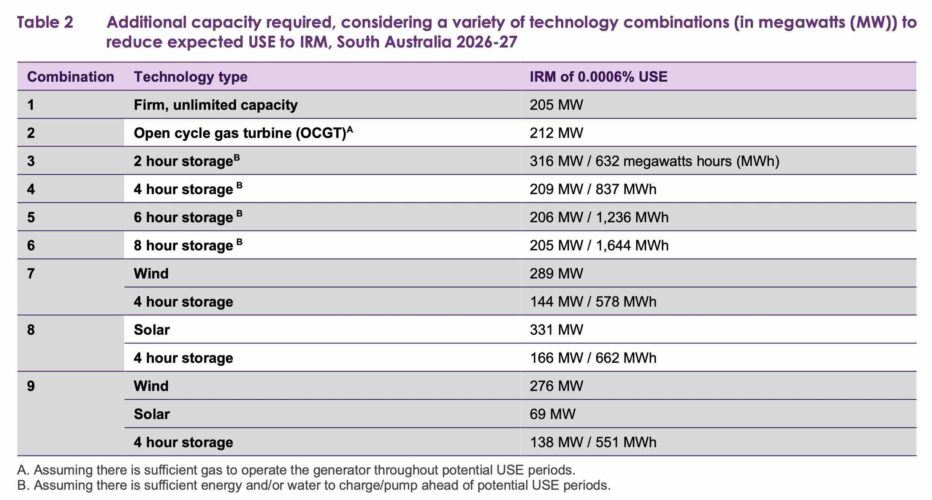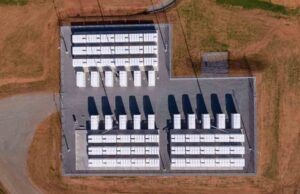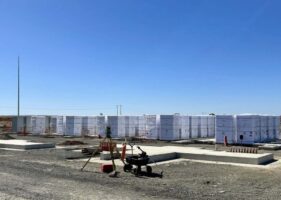South Australia will need to add the biggest battery yet to its wind and solar dominated grid by 2026/27 if it is to ensure that the lights stay on and reliability standards are met, according to a new report by the Australian Energy Market Operator.
The confirmation that Australia’s interim reliability standard – which sets a maximum limit of just 0.0006 per cent of “unserved energy” a year – has forced AEMO to update its reliability forecasts for all states.
South Australia is the most impacted by the extension of the IRS, with AEMO estimating a potential shortfall of 215MW in the evening peaks in 2026. It has called for a so-called “t3” instrument to be put into place – through the Australian Energy Regulator – to ensure that capacity is delivered.
The AEMO assessment does not take into account projects which are not regarded as “committed” at the time of publication, and presumably that also includes the 200 MW green hydrogen plant that the South Australia government hopes to have in place by the end of 2025.
The South Australia government had planned to announce the winners of that tender – also including a 250 MW green hydrogen electrolyser at Whyalla as part of its $600 million green hydrogen plan – before the end of September, but it clearly has been delayed.
The table above shows the various combinations that AEMO suggests could fill the gap. The open cycle gas turbine is unlikely, given the new focus on environment and emissions in the National Electricity Objective, which leaves the field open to either the S.A. hydrogen project, or a big battery, possibly paired with wind and solar.
However, even with more wind and solar, the minimum battery storage retirement is 578MWh, to cover the periods from 5pm to 9pm in the summer heat on working weekdays that AEMO is most worried about, and when the amount of rooftop solar rapidly declines.
It puts the one one-in-two year peak demand forecast for the forecast reliability gap period at 3,137 MW, and includes a range of estimates including more EVs, greater electrification of homes and businesses, new industrial loads, and partly offset by greater energy efficiencies, more demand response and home batteries.
The state currently hosts four operating big batteries, with the biggest being the newly opened 250MW/250MWh Torrens Island battery, which has the potential to be expanded to four hour storage, or 1,000MWh – which would also help meet the new capacity requirement.
Other big batteries are already being built at Blyth (200MW and 400MWh) by Neoen, and new ones are proposed at Bungama (150MW and 300MWh) by Amp Energy and at Templers (111MW and 270MWh) by Zen Energy. The 42MW/42MWh Tailem Bend battery is also waiting to be commissioned.
South Australia already sources more than 70 per cent of its demand through wind and solar (averaged over the past year), which is the highest in the world in a grid this size.
A new connection to NSW due to be opened in 2026 is expected to drive this to “net 100 per cent renewables) in rapid time, and will also be helped by its push to green hydrogen facilities, both at Whyalla and through the new Port Bonython precinct.











